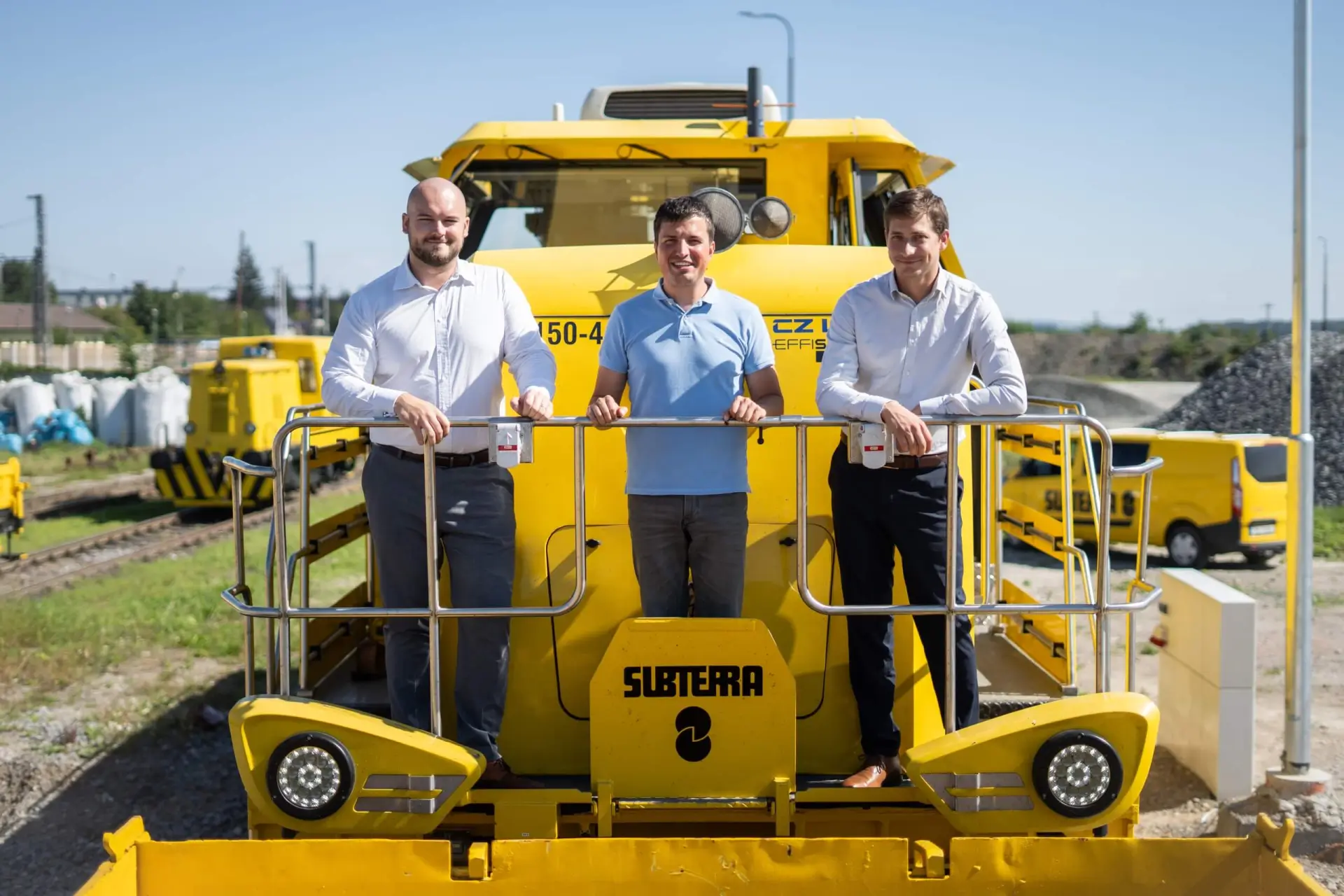Betrian Group products are finding applications not only with traditional railway operators like ČD Cargo and METRANS Rail. Recently, the construction company Subterra, which conducts railway modernizations in the Czech Republic and abroad, has adopted the NavTrain and NavSim applications.
“There is clearly a demand for modern train driver workstation solutions across the railway community. Subterra’s interest also confirms that NavTrain is a versatile device, suitable for use in various operations, from high-speed trains to work locomotives,” says Petr Sec of Betrian Group. He notes that the order includes not only navigation, which significantly simplifies the process of providing information on current permitted speeds, signals, and crossings. “Subterra has shown interest in our NavSim, the simulator, which helps familiarize drivers with specific tracks based on real operational data,” adds Petr Sec.

“Safety is our top priority, and both applications help reduce various incidents in a modern and user-friendly way,” says Radim Wrana from Subterra. NavTrain will thus be available on tablets at the driver’s workstation in various work machines and locomotives, seen at numerous railway modernization sites—for instance, recently in the Czech Republic on the Velim – Poříčany section of the main corridor. Subterra also played a significant role in modernizing the Brno-Maloměřice to Adamov section on the Brno – Blansko line. Another major project for this company is the optimization of the backbone Slovak railway from Bratislava to Žilina and Košice, where it is also constructing bypasses, entirely new sections including tunnels.
“For us, this is another challenge to equip our navigation and simulator with data from international tracks, where users of our tools are increasingly operating,” noted Petr Sec.
Betrian Group
Since 2018, the Betrian Group has been focusing on the rail sector in addition to hardware and software development and process digitalization. It is developing the NavSuite ecosystem, which is designed to optimise the planning, monitoring and management of rail traffic. It simplifies complex logistics processes, from planning commodity shipments to managing locomotive maintenance, planning driver shifts and providing real-time navigation support.
